
What is an FCC ID Number?
The Federal Communications Commission (FCC) regULates all products that contain wireless transmitters, including television, telecommunications, satellite and wiRED communications equipment. Areas of regulation include: electromagnetic interference, radio frequency exposure and spectrum allocation. Most wireless transmitters used in the United States and its territories require certification. The FCC's rules are detailed in Chapter 47 of the Code of Federal Regulations (CFR).
Manufacturers and suppliers of radio and terminal equipment provide the following additional FCC related services
Product Pre-Test Assessment - Pre-Test Assessment helps you identify potential problems early in the development process.
Compliance Advice - Compliance strategy guidance helps manufacturers prepare for formal testing. We can help determine the appropriate FCC authorization model. For example: should sdoc or certification model be used?
Is it a new single model case or a new series signal? Add models to the certified series, change fcc id, C1PC, C2PC, C3PC, C4PC, and determine the necessary wireless test standards.
what is an fcc id?
FCC ID refers to the FCC Certification wireless certification in the United States. After passing the certification, there will be a string of numbers, commonly known as FCC ID certification.
FCC Identifier
FCC ID certification must have the certified ID number printed on the nameplate, for example: FCC ID AAAAAXXXXX, AAAAA represents the 5-character manufacturer code (Grantee Code), XXXXX consists of no more than 14 digits, letters, and dash characters, which is the unique code of the applicant's equipment, and the dash - is also counted as a character.
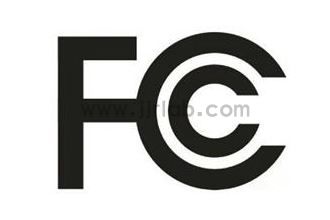
FCC ID (FCC CERTIFICATION) certification
FCC ID products include
Wireless radio frequency products, such as BT, Wifi, Zigbee, 2.4GHz, 5GHz, mobile phone products, various remote controls and other intentional transmitting products, must comply with the US fcc part 15C standard limits.
verification method
(1) The product must be tested by an FCC-approved testing laboratory and obtain a test report.
(2) Organize the product's technical information, including product detail photos, block diagrams, user manuals, etc. For detailed information, please refer to https://emc.wiki/thread-2297-1-1.html .
(3) The FCC-approved NVLAP & A2LA testing laboratory then submits it to the FCC Tcb testing room to confirm that all the information is correct (or directly contact TCB) and issue a certificate.
FCC ID basic application process
(1) In China, you must find a wireless RF laboratory that is accredited by NVLAP or A2LA in the United States to apply.
(3) Apply for FCC ID = Grantee Code + Product code (you will have this number after the application is successful). First apply for an FRN to fill in other forms.
(3) If the applicant is applying for an FCC ID for the first time, he/she needs to apply for a permanent Grantee Code. While waiting for the FCC to approve and distribute the Grantee Code to the applicant, the applicant should take the time to test the device. When all the materials required by the FCC are prepared and the test report is completed, the FCC should have approved the Grantee Code. The applicant uses this code, the test report and the required materials to complete the FCC Form 731 and Form 159 online. After receiving the Form 159 and the remittance, the FCC will begin to accept the certification application. At the end of the acceptance, the FCC will send the Original Grant of the FCC ID to the applicant. After the applicant obtains the certificate, he/she can sell or export the corresponding products.
FCC ID certification basic information
Applicant's Product Name ,Model NO., Mailing Address , Phone No.,Fax No., Contact Person & His Title. Applicant's name, product name, model, address, phone number, email, fax number, contact person and his title.
For transmitter, the fundamental frequency(Operation within the bands).
Applicant's FCC Registration Number (FRN) The applicant's FCC registration number FRN (FCC Registration Number) is an identification number given by the government to enterprises. It can be applied for free on the FCC official website. After application, the website will automatically generate it for the enterprise. The 10-digit number is provided by NPS Lab. When the applicant applies for FCC certification registration, a 10-digit numerical reference code is issued by FCC CORES. Customers who are applying for an FCC ID for the first time can apply for it for free on the FCC website. For details, please refer to: FCC FRN registration number link: https://fjallfoss.fcc.gov/coresWeb/publicHome.do
A Grantee Code is required for customers who are applying for an FCC ID for the first time. You can apply for a Grantee Code after applying for an FRN number (about $60 is required). You only need to apply once. FCC Grantee Code registration link: https://fjallfoss.fcc.gov/oetcf/eas/forms/GranteeRegistration.cfm
FCC ID includes Grantee Code (3 or 5 digits or numbers), each Grantee Code represents only one company. The 3 or 5 digits are randomly provided by FCC, not set by the customer. Once the application is successful, it becomes a fixed number, which is used as the first 3 or 5 digits of all fcc id numbers applied by the company. And Product code (1-14 digits or numbers). Therefore, the first three or five digits of the product ID number are Grantee Code, and the rest are self-coded by the applicant (up to 14 digits), usually using the product model as the self-coding.
The label location information. The FCC label location and specifications (nameplate) must indicate the size and location on the product. The FCC label must include the FCC ID number and FCC warning. If the label size is small, only the FCC ID number can be indicated, but the FCC warning must be written in the user manual (user manual). Other information such as manufacturer, product name and model can be written on the label at your discretion.
Operational Description (Theory of Operation, Functional Description). Simple working principle, functional description. Please give a brief description of the product's function, purpose, signal flow, the relationship between each functional circuit, and power supply.
Block Diagrams must indicate any crystal frequencies used in the circuit.
Circuit Schematics, please make sure the circuit diagram is clear and its position numbers must be clearly visible.
Simple instructions for use User Manual, user manual or instruction manual.
Authorization Letter
Confidentiality letter (if confidentiality is required)
FCC ID Standards
FCC ID 47 CFR PART 15 Subpart C: 2019 section 15.247(非5g wifi)
ANSI C63.10:2013
FCC Rules and Regulations Part 15 Subpart C Section 15.247 - 2.4G WIFI / BT
FCC Rules and Regulations Part 15 Subpart C Section 15.407 - 5.2G WiFi
FCC Rules and Regulations Part 15 Subpart C Section 15.407 - 5.8G WiFi
For MIMO system of 802.11n/ac, total power is calculated by combining the output power of each antenna according to KDB662911
North America 2.4G BT
2402-2480 MHz
GFSK, π/4-DQPSK, 8DPSK for Bluetooth (DSS)
GFSK for Bluetooth (DTS)
79 channels for Bluetooth (DSS)
40 channels for Bluetooth (DTS)
North America 2.4G WIFI
2412MHz ~ 2462MHz
802.11b: DSSS; 802.11g/n: OFDM
11 Channel for 20MHz bandwidth(2412~2462MHz)
7 channels for 40MHz bandwidth(2422~2452MHz)
North American 5G WiFi frequency bands
5150 MHz ~ 5250 MHz
5725 MHz ~ 5850MHz
FCC Part 15.407: Unlicensed National Information Infrastructure (U-NII)
North America 5.2G WIFI
4 channels for 5180 MHz ~ 5240 MHz (802.11a/n/ac-HT20);
2 channels for 5190 MHz ~ 5230 MHz (802.11n/ac-HT40);
1 channel for 5210 MHz (802.11ac-HT80);
Applicable standards
FCC Rules and Regulations Part 15 Subpart C Section 15.407
ANSI C63.10: 2013
North America 5.8G WIFI
5 channels for 5745 MHz ~ 5825 MHz (802.11a/n/ac-HT20);
2 channels for 5755 MHz ~ 5795 MHz (802.11n/ac-HT40);
1 channel for 5775 MHz (802.11ac-HT80);
Applicable standards
FCC Rules and Regulations Part 15 Subpart C Section 15.407
ANSI C63.10: 2013
North American DFS Band
If you have devices that support WIFI 802.11a, you need to evaluate DFS, which includes active Master devices such as routers and passive Slave devices such as mobile phones.
5.250–5.350 GHz, whether used indoors or outdoors, shall operate under DynaMIC Frequency Selection (DFS or radar avoidance), and regulations allow users to install antennas with a power limit of 250 mW.
5.470-5.725 GHz, whether used indoors or outdoors, should operate according to dynamic frequency selection (DFS or radar avoidance).
U-NII license-exempt band
5.850–5.925 GHz. Currently, the FCC is considering using the U-NII-4 spectrum for unlicensed uses. U-NII-4 is currently available only to Dedicated Short Range Communications Service (DSRC) and licensed amateur radio operators.
| Band | Freq. Range | Bandwidth | Max Power | Max EIRP |
|---|---|---|---|---|
| U-NII Low / U-NII-1 / U-NII Indoor | 5.150–5.250 GHz | 100 MHz | 50 mW | 200 mW |
| U-NII Mid / U-NII-2A | 5.250–5.350 GHz | 100 MHz | 250 mW | 1 W |
| U-NII-2B | 5.350–5.470 GHz | 120 MHz | — | — |
| U-NII Worldwide / U-NII-2C / U-NII-2-Extended / U-NII-2e | 5.470–5.725 GHz | 255 MHz | 250 mW | 1 W |
| U-NII Upper / U-NII-3 | 5.725-5.850 GHz | 125 MHz | 1 W | 200 mW |
| DSRC/ITS / U-NII-4 | 5.850–5.925 GHz | 75 MHz | — | — |
| U-NII-5 | 5.925–6.425 GHz | 500 MHz | — | — |
| U-NII-6 | 6.425–6.525 GHz | 100 MHz | — | — |
| U-NII-7 | 6.525–6.875 GHz | 350 MHz | — | — |
| U-NII-8 | 6.875–7.125 GHz | 250 MHz | — | — |
SAR-Specific Absorption Rate
SAR is an assessment of the hazards of RF radio frequency energy to the human head and body. It is mainly reflected in the ratio of electromagnetic energy absorption by various human tissues. For requirements of various regions and standards, please refer to the following link.
FCC ID certification sample preparation
Provide the samples required for applying for FCC ID, at least 2 units, one complete and ordinary sample similar to the shipping sample, and one RF fixed frequency sample.
1~2 complete sets of samples
1~2 sets of fixed frequency prototypes
Fixed frequency software
Fixed frequency method
The fixed frequency prototype needs to meet the following conditions
(1) Connect an RF cable with an SMA connector
(2) Install fixed frequency software or provide fixed frequency software
(3) For example, Bluetooth products generally require a fixed frequency board (control board, linking the computer and the sample protocol conversion, i.e. the bridge between human-machine control)
(4) Meet test requirements (capable of fixed frequency or frequency hopping, capable of continuous transmission, etc.)
What is fixed frequency?
See Wireless Frequency Setting
FCC ID Certificate Official Query
Website: https://apps.fcc.gov/oetcf/eas/reports/GenericSearch.cfm
FCC ID Certification Notes
FCC's DFS Band testing can be conducted domestically, but there will be a process of sending samples to the United States for review, and the time and cost need to be evaluated.
Range - Band - Channel - Data Rate(Mbps)
TCB Wireless Certification
Manufacturers who wish to sell mobile communications, telecommunications, and other equipment capable of radio communications in the United States must obtain certification from an FCC-designated Telecommunications Certification Body (TCB) before their products are placed on the market. For most transmission equipment, testing needs to be performed by an FCC-approved test laboratory.
As an FCC designated TCB and recognized third-party testing service provider, we can provide audit certification/authorization for all FCC TCB scope equipment:
Scope A – Unlicensed Radio Frequency Devices (FCC Rule Parts 15 and 18)
A1 Unlicensed Transmitters
A2 Unlicensed Transmitters>1GHz except Spread Spectrum Devices
A3 Unlicensed PCS
A4 Unlicensed National Information Infrastructure and Spread Spectrum devices
Scope B – Licensed Radio Service Equipment (FCC Rule Parts 20, 22, 24, 25, 27, 30, 73, 74, 80, 87, 90, 95, 96, 97, and 101)
B1 Personal Mobile Radio
B2 General Mobile radio services
B3 Maritime and aviation radio services
B4 Microwave radio services
Terminal Equipment ACTA Registration
Part 68 of the FCC rules requires manufacturers to test and register with ACTA before connecting terminal equipment to the network. ACTA's specified tests are designed to detect whether a device is potentially dangerous to the network. Traditional devices such as modems and phones are subject to the basic requirement of being harmful to the network.
The FCC evaluates and registers terminal equipment in accordance with the technical standard requirements of FCC Rule Part 68 in the TIA-968-B standard, TSB 168 labeling requirements, and hearing aid compatibility and volume control requirements.
Email:hello@jjrlab.com
Write your message here and send it to us
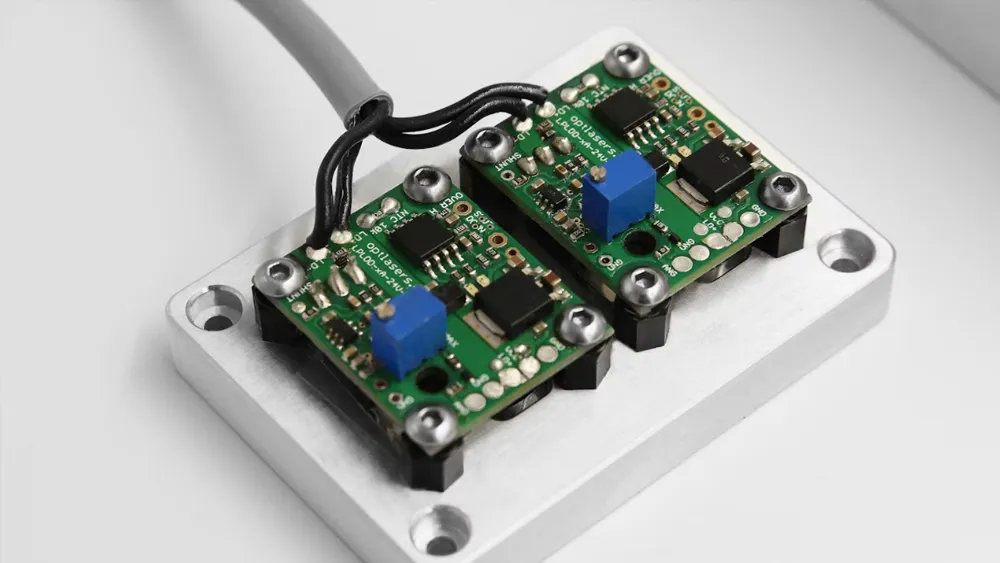 Can You Conduct Lab Tests to UL Standards
Can You Conduct Lab Tests to UL Standards
 What Products Are Affected by Prop 65?
What Products Are Affected by Prop 65?
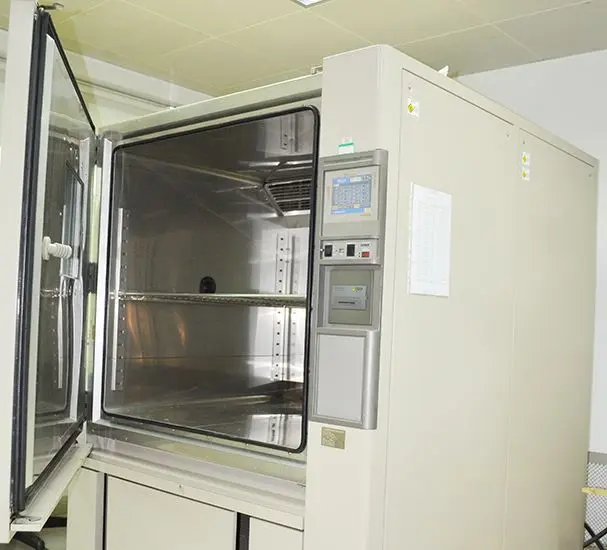 CPSIA Compliance for Children's Products
CPSIA Compliance for Children's Products
 Children's Products Canadian Requirements
Children's Products Canadian Requirements
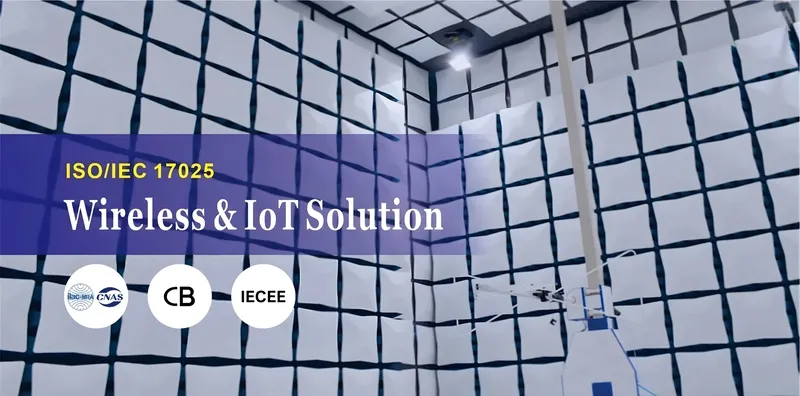 What is a CE EU Authorized Representative
What is a CE EU Authorized Representative
 Regulations and Standards for Cell Phone Cases
Regulations and Standards for Cell Phone Cases
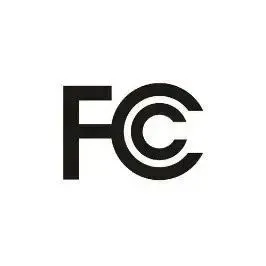 Do I Need EC Homologation in the USA?
Do I Need EC Homologation in the USA?
 FCC Part 15B & Part 97 Certified
FCC Part 15B & Part 97 Certified
Leave us a message
24-hour online customer service at any time to respond, so that you worry!




